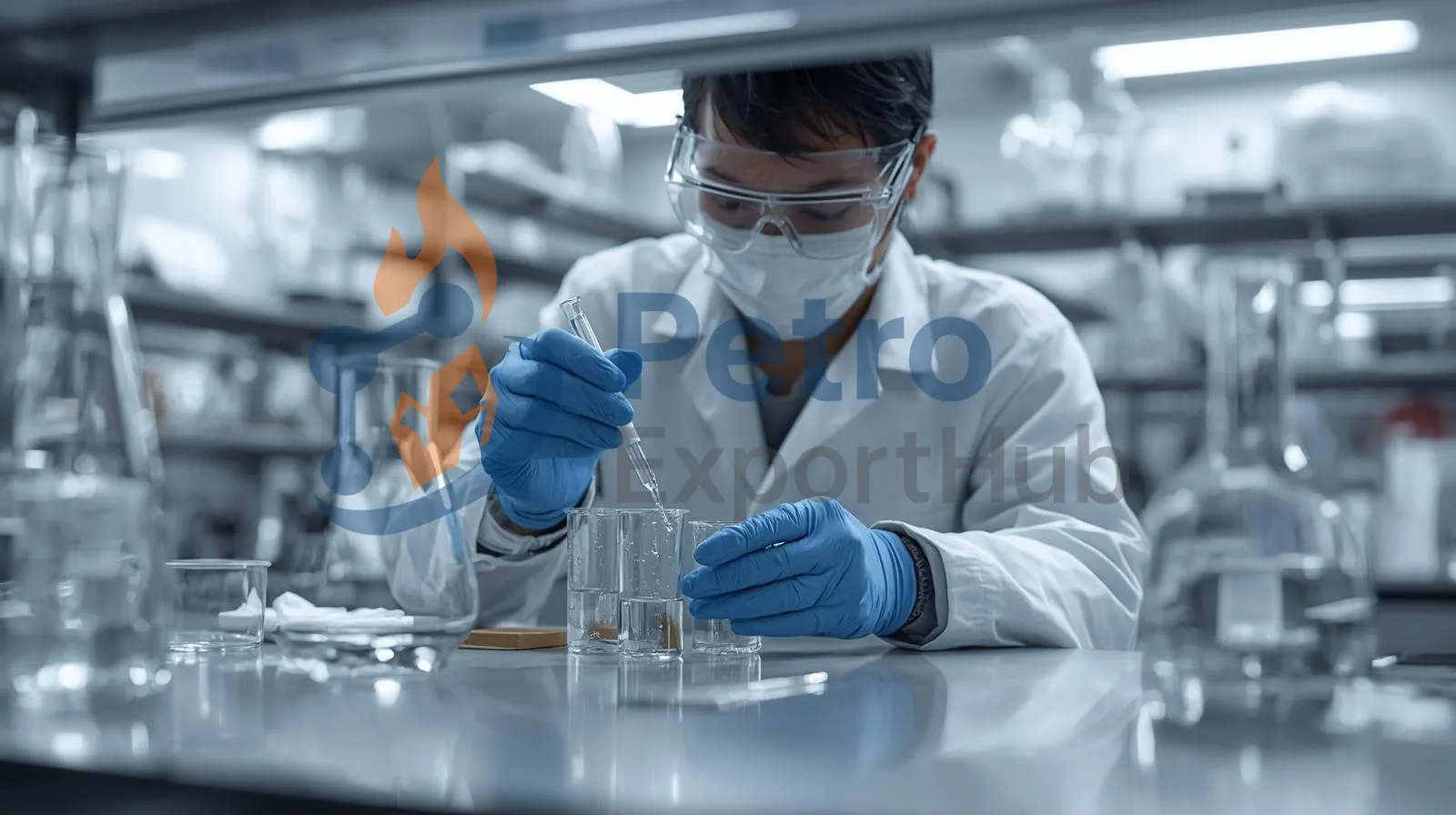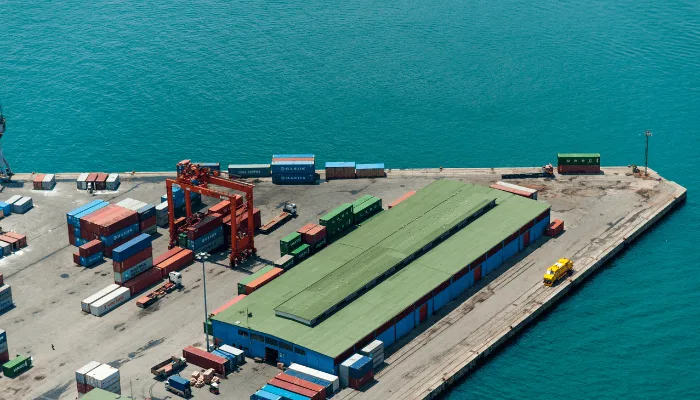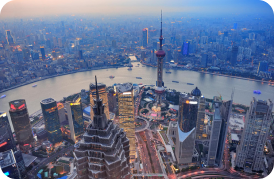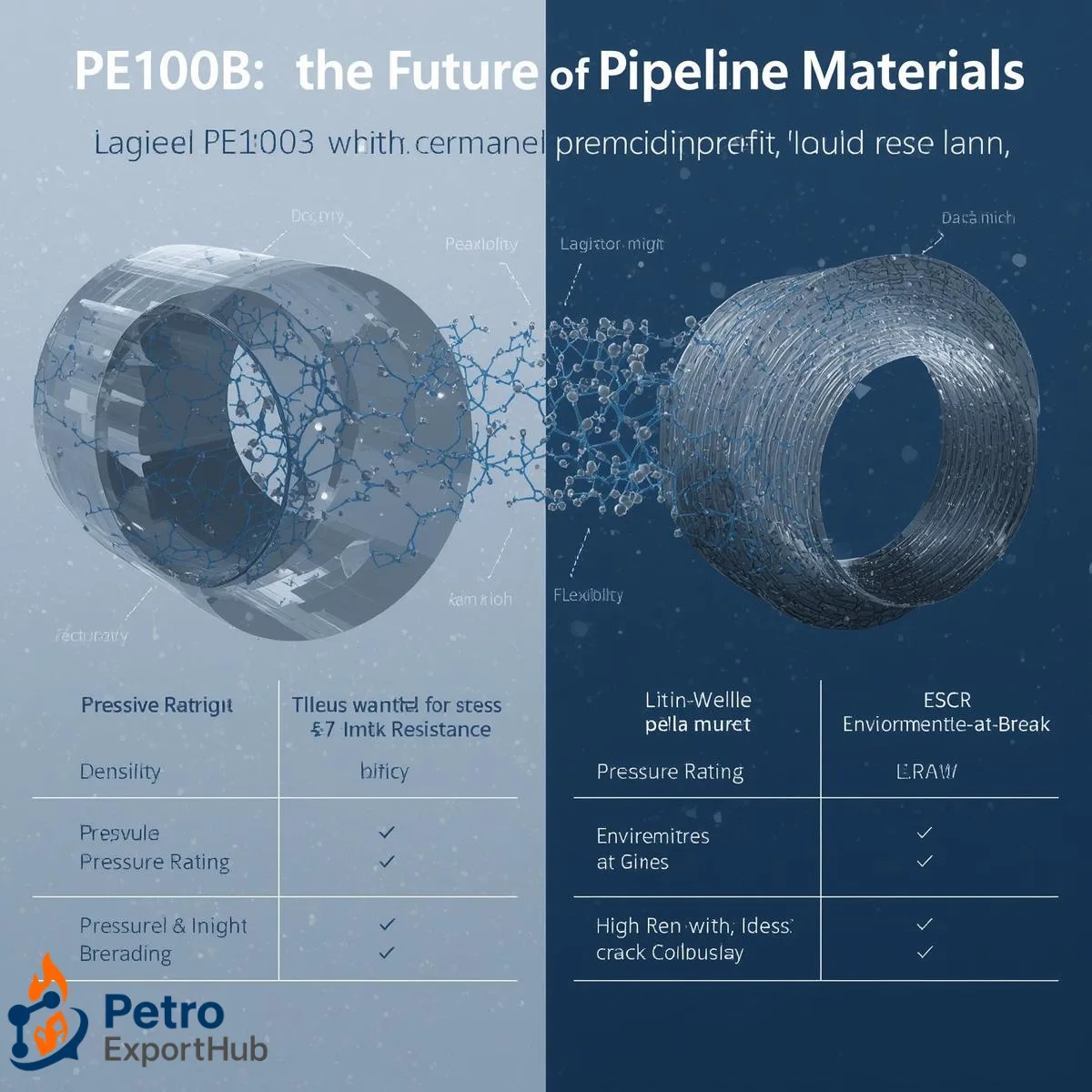
PE100B vs LLDPE: Which Polymer Dominates Future Pipeline Projects?
Introduction
In today’s infrastructure-driven world, selecting the right polymer for pipeline projects is more than just a technical choice—it directly impacts performance, cost-efficiency, and sustainability. Two polymers that often come under comparison are PE100B and LLDPE. Both have wide industrial applications, but when it comes to pipeline projects, the decision between the two becomes highly strategic. While LLDPE (Linear Low-Density Polyethylene) is valued for flexibility and cost, PE100B (a high-performance grade of HDPE) is recognized for its strength, pressure resistance, and long service life. This article provides an in-depth comparison of PE100B vs LLDPE and explains why one is more suitable for the future of pipeline infrastructure.
What is PE100B?
PE100B is a specialized grade of High-Density Polyethylene (HDPE) designed primarily for pipeline projects. Its molecular structure is engineered for superior resistance to stress cracking, high pressure, and environmental stress.
Key properties of PE100B include:
High tensile strength
Excellent creep resistance
Long service life (often exceeding 50 years in pipelines)
Superior resistance to chemicals and corrosion
Because of these attributes, PE100B is widely used in water distribution, gas transmission, and sewage pipeline projects, especially in regions investing in long-term infrastructure.
What is LLDPE?
LLDPE (Linear Low-Density Polyethylene) is another important polymer in the polyethylene family. It is created through copolymerization, which provides higher flexibility and impact resistance compared to HDPE grades.
Key properties of LLDPE include:
Flexibility and toughness
High impact resistance
Lower cost compared to PE100B
Widely used in films, packaging, and low-pressure pipes
While LLDPE is an excellent material in packaging and some utility piping, its lower pressure resistance makes it less ideal for large-scale, long-term pipeline projects that require decades of performance.
Comparative Analysis: PE100B vs LLDPE
| Property | PE100B | LLDPE |
|---|---|---|
| Density & Strength | High density, strong tensile | Lower density, less tensile |
| Pressure Resistance | Excellent (ideal for pipelines) | Moderate (not suitable for high-pressure pipelines) |
| Flexibility | Moderate | High flexibility |
| Applications | Pipelines, water/gas networks | Packaging, films, low-pressure pipes |
| Lifespan in Pipelines | 50+ years | 10–15 years (in limited uses) |
Conclusion of comparison:
For pipeline projects, where pressure resistance, safety, and lifespan are critical, PE100B clearly outperforms LLDPE. While LLDPE dominates in flexible consumer products, PE100B is engineered for infrastructure.
Market Trends for Pipeline Projects (2025–2030)
The global market for pipeline polymers is expected to grow steadily due to urbanization, renewable energy expansion, and water security needs.
Asia: Rapid infrastructure development in India, China, and Southeast Asia makes PE100B the preferred polymer for pipeline projects.
Middle East & GCC: Heavy investments in gas and water pipelines boost demand for PE100B.
Africa: Infrastructure development is opening new opportunities for cost-effective pipeline polymers, though PE100B adoption is rising.
Europe: Strong preference for high-quality, regulatory-compliant polymers like PE100B.
LLDPE, however, will continue to dominate in packaging, films, and non-pipeline applications.
Challenges & Opportunities in Choosing Between PE100B and LLDPE
Challenges for PE100B:
Higher upfront cost compared to LLDPE
Logistics and freight costs for export can affect pricing
Requires strict compliance with international standards (ISO, EN)
Opportunities for PE100B exporters:
Rising global water scarcity drives long-lasting pipeline demand
Governments investing in renewable energy grids and gas distribution prefer PE100B
Growing replacement of metal pipelines with HDPE-based PE100B pipelines
Future Outlook: Which Polymer Will Dominate?
Looking at the market and technical comparison, PE100B is set to dominate pipeline projects globally. Its strength, longevity, and compliance with safety standards make it irreplaceable in large-scale water, sewage, and gas networks.
LLDPE will still thrive in packaging, agriculture films, and household products, but when it comes to pipeline infrastructure, PE100B is the clear winner.
Conclusion
The debate between PE100B vs LLDPE highlights a clear divide in applications. While LLDPE continues to dominate flexible, low-pressure uses, PE100B is becoming the global standard for pipeline projects. As countries invest in durable infrastructure, the demand for PE100B will keep rising. Exporters and buyers focusing on long-term returns should prioritize PE100B in their procurement strategies.
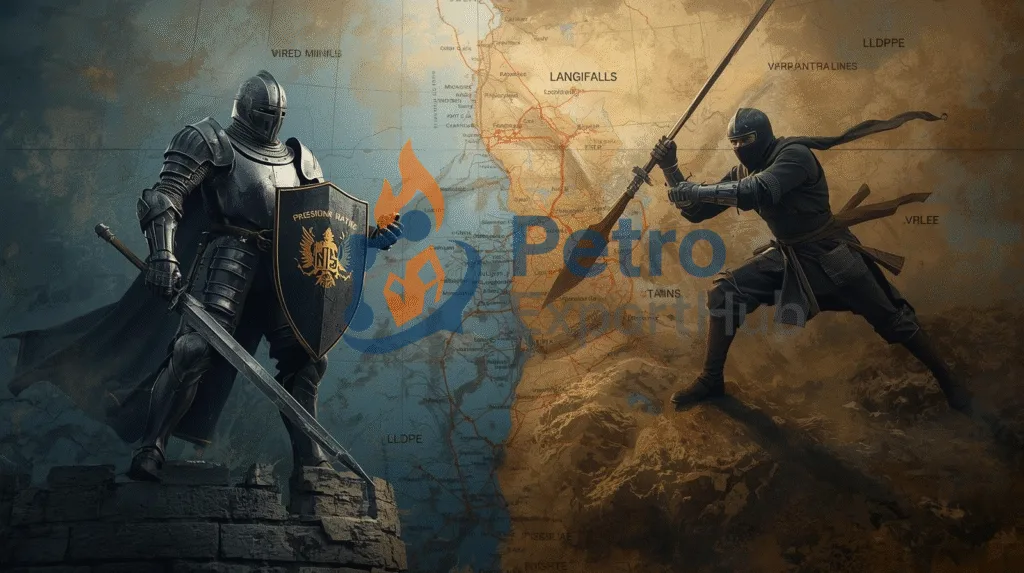
PE100B dominates pipeline projects due to strength, durability, and compliance with global standards.
PE100B offers exporters long-term opportunities, especially in water, gas, and energy distribution
Global demand for PE100B is rising in Asia, Europe, and GCC due to infrastructure expansion.
LLDPE remains important in packaging, agriculture, and non-pipeline uses.
Looking for suppliers in Iran?
- Contact Us today and get connected with producers and export-ready logistics.
- sales@PetroExportHub.com

Related posts
Mono Ethylene Glycol (MEG) serves as a cornerstone for modern antifreeze and coolant formulations, offering reliable freezing protection and heat resi . . .
Explore Solvent 100’s specs, uses, and export opportunities from Iran. Ideal for paint, ink, and adhesive buyers in India, Turkey, UAE, and Africa. . . .
Explore everything you need to know about exporting sulphur from Iran in 2024 — including types, packaging, documents, ports, prices, and top import . . .
Explore Iran’s top ports for petrochemical exports, including Bandar Imam Khomeini, Assaluyeh, and Bandar Abbas. Compare infrastructure, accessibili . . .
Learn the key differences between polypropylene (PP) and polyethylene (PE), their applications, advantages, and how to choose the right polymer for yo . . .
Discover how a Turkish plastics manufacturer reduced costs by 22% through importing HDPE from Iran. Real-world case study by PetroExportHub. . . .
Learn why Iran is a leading exporter of polyethylene (PE). Discover grades, global applications, and how PetroExportHub connects buyers with top suppl . . .
We are here to answer your questions....
Petro Export Hub
PetroExportHub specializes in the export of premium-grade petrochemicals, minerals, and industrial chemicals from Iran, serving international markets with reliability, transparency, and tailored logistics solutions
Tehran Office
Phone:
0214865484 | +989127607241
Address:
Tehran..
China Office
TEL :
0211400
Address:
Zhongzhou Bie Lu, Zhongcheng Street, Yiwu City, Zhejiang Province, China
Quick Access
Quick Access
- Contact Our Sales Team
- Frequently Questions
- Shipping & Logistics
- Become a Partner
- Certificatins & Quality



